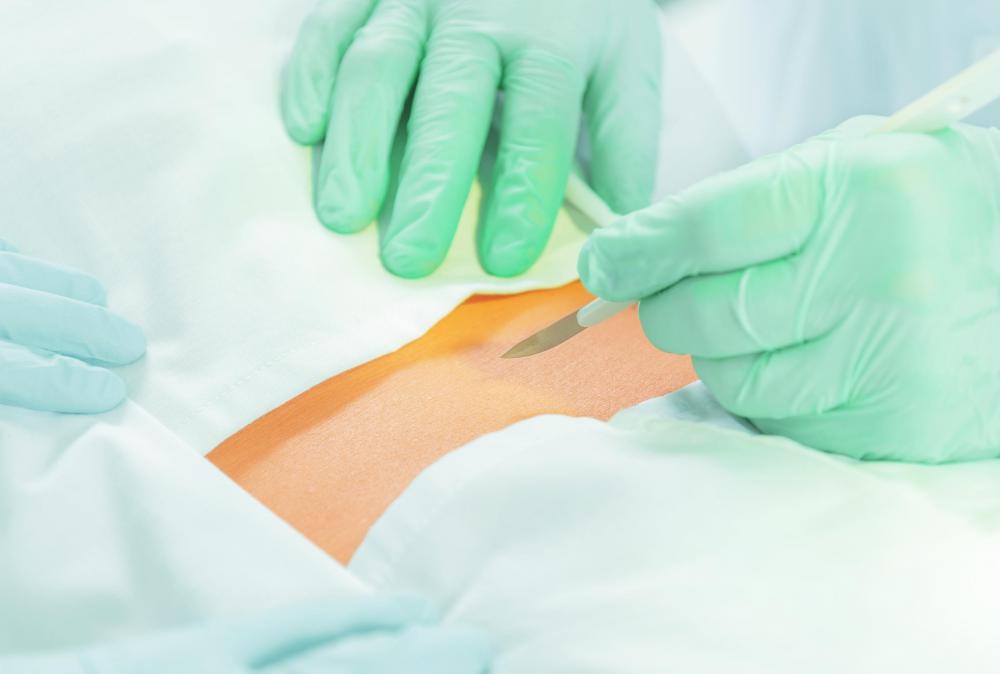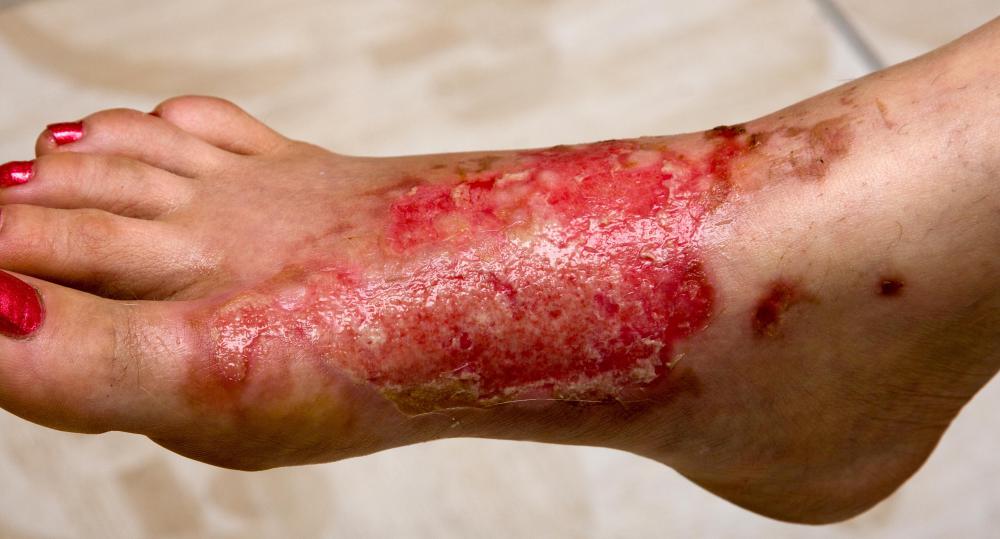At WiseGEEK, we're committed to delivering accurate, trustworthy information. Our expert-authored content is rigorously fact-checked and sourced from credible authorities. Discover how we uphold the highest standards in providing you with reliable knowledge.
What are Biomaterials?
Biomaterials are materials used in close or direct contact with the body to augment or replace faulty materials. Biomaterials must be compatible with the body so that the body does not reject them. However, in some cases, biomaterials like organ transplants do cause rejection, which can be addressed through anti-rejection medications.
Biomaterials do not have to be living or once living materials however. They can be of synthetic origin as well. For example, shunts and pacemakers are both considered biomaterials. Gore-tex® shunts are an excellent example of biomaterials used to either bypass clogged arteries or provide new pathways for the circulatory system. They tend to have the advantage of remaining sound and not disintegrating. However, since they are not living, such shunts placed in children may be outgrown and require replacement.

Some biomaterials are of an organic nature. These include such materials as collagen or fat, often used in plastic surgery applications. Other biomaterials may include arteries or vessels taken from either cadavers, or from porcine, meaning pig, or bovine, meaning cow, sources. If one has a major heart valve replaced, one frequently chooses between a homograph, taken from a cadaver source, or from an allograph, taken from a pig or cow source. An additional choice is an artificial valve, such as one made of Gore-tex®.

Many surgeons prefer biomaterials that are organic over those that are inorganic. However, none of these biomaterials will grow with the body. Homographs and allographs also have a slightly lower rate of blood clotting than do artificial valves, and thus may be preferred by surgeons or patients.
Other biomaterials include certain metals, which might be used in reconstructing bones or joints. For example, metal ball joint sockets can be used in knees or hips, and tend to offer great support for those requiring joint replacement.

Some biomaterials are actually living. This is the case with organ transplants in particular. Organs are expected to grow and develop with the body, and are better replacements than non-living sources. In some cases, a non-living source like an artificial heart or a left ventricular assist device (LVAD) is used while people wait for a heart transplant. These artificial replacements tend not to work for long periods of time, though they can provide someone with the extra days or even a few months they need while waiting to receive a transplant.

Other common biomaterials are used in plastic surgery applications. Calf, breast, cheek, chin, and buttocks implants are all considered to be biomaterials. Occasionally, plastic surgeons will harvest either fat or skin from a patients body to be used in another part of a body. Skin graphs are frequently used to cover scarring, and are most helpful in covering large areas of burned skin, which tends not to regenerate new skin tissue.

One of the most interesting skin biomaterials used recently was the first facial transplant, performed by surgeons in France. The woman receiving the transplant received a partial facial transplant, including new lips and a new nose in 2005. So far, her body has not rejected this transplant. This first successful transplant may prove especially useful for those whose faces have undergone severe and irreparable trauma.
AS FEATURED ON:
AS FEATURED ON:
















Discussion Comments
What are faulty materials?
How can hydrogen be produced from bio materials?
Post your comments